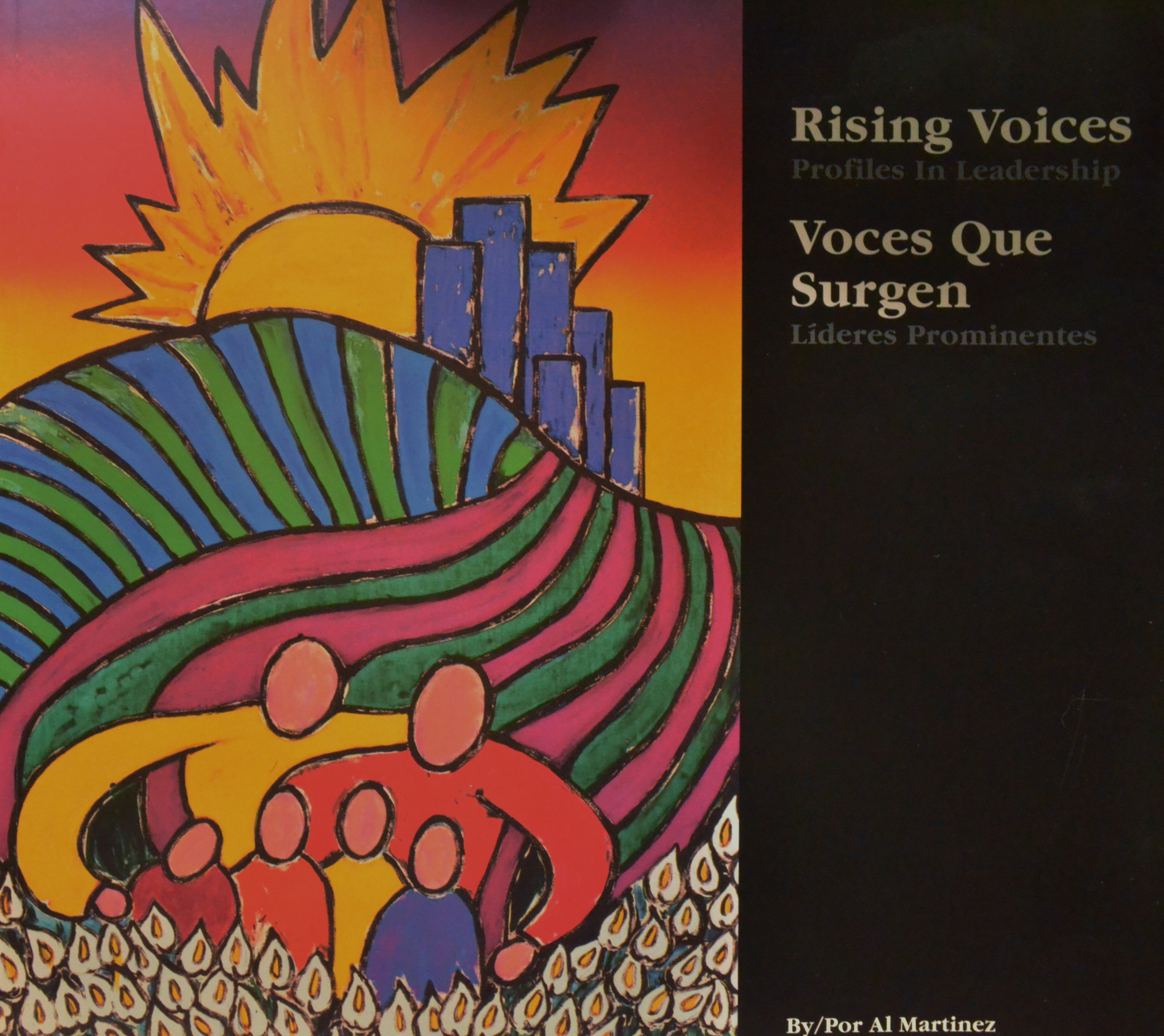AARP Hearing Center
Getting Smarter in a New America
By Al Martinez, September 18, 2012 02:44 PM

I overheard a man in pulmonary rehab boasting about the achievements of someone in his family. His monologue was so laced with superlatives that I stopped working the stationary bicycle I was pumping just to listen to him. Turned out he was talking about his 5-year-old son.
The man doing the boasting was a therapist in a gymnasium-like setting where COPD patients like me go to alleviate the symptoms of their conditions. His boy had just entered the first grade and was showing signs of loving books and mathematics.
I couldn't hear all of the details over the thumping of the treadmill and the hum of the arm exerciser but the delight of the therapist, a Latino named José, came through with an enthusiasm that was almost, well, breathless.
It fit perfectly with an analysis I had just seen by the Pew Hispanic Center that found that for the first time, more than 2 million Latinos ages 18 to 24 were enrolled in four-year colleges across America. Those figures catapult Hispanics to a new status as the largest minority on U.S. college campuses. I credit parents like the pulmonary rehab specialist for the distinction.
The pride that José reflected at the first achievements of his son was palpable. He saw the boy not as a follower but a leader, already appreciating the value of books, even if was just a story read to him at bedtime; and already beginning to grasp the concept of math, even if it was only one plus one equals two. It was a start.
Education among Hispanics generally has achieved an all-time high, according to the Pew report, as the nation's Latino minority reaches for its share of the American pie. I'd like to say I knew this was happening even before reading the Pew analysis, partially by listening to José, whose pride left no doubt that his son would go to college, and partially thanks to research I'd done for books I'd written about Latino achievements in an often hostile Anglo society.
The books, Rising Voices (1974) and a sequel, Rising Voices, Profiles in Leadership (1993), published by Nestle USA, were distributed without charge to schools across America, accompanied by a video for which I was executive producer.
We were celebrating education back then, too, just as José was celebrating it that day in the gym. He wasn't seeing a brown America or a black America or a white America, but a collective that will make it everyone's America, led by a new minority whose voices are rising across the land.
I wrote about the escalating strength of those who envisioned that next America a long time ago: "Hear them and marvel," I said. "Their voices shake the thunder from the sky."
They still do.































































